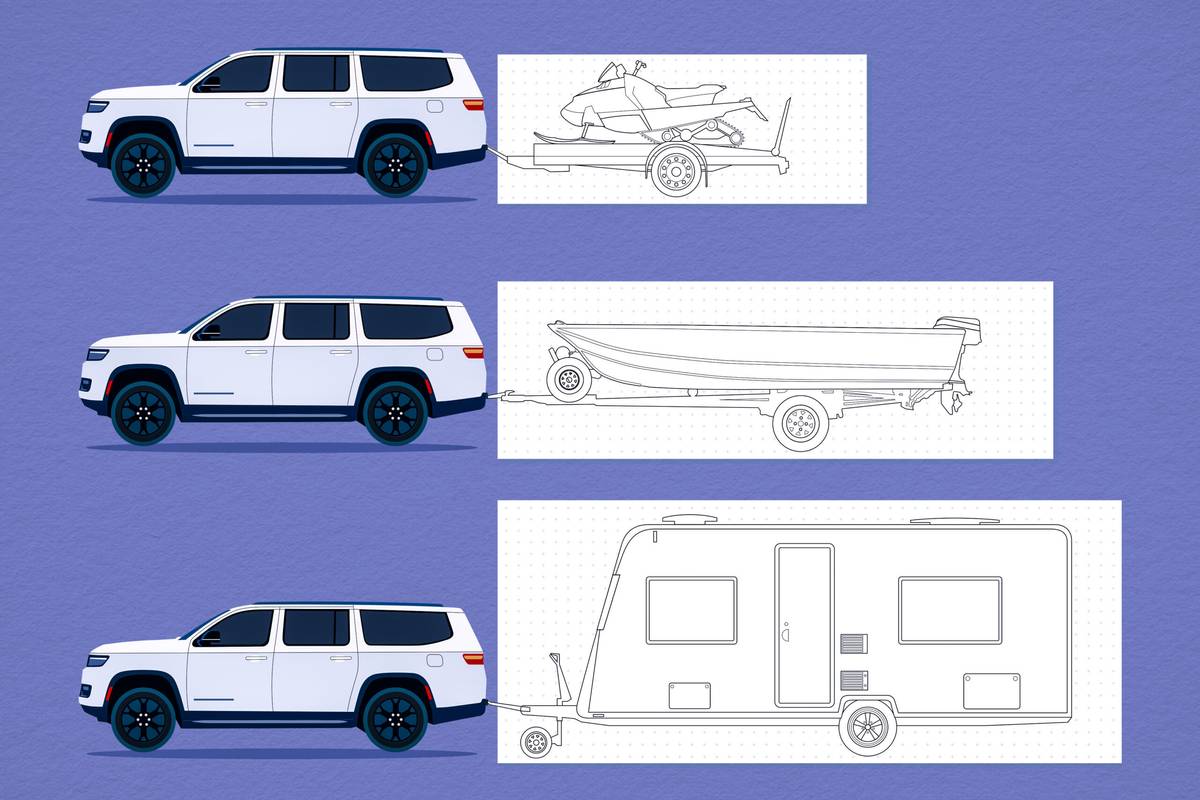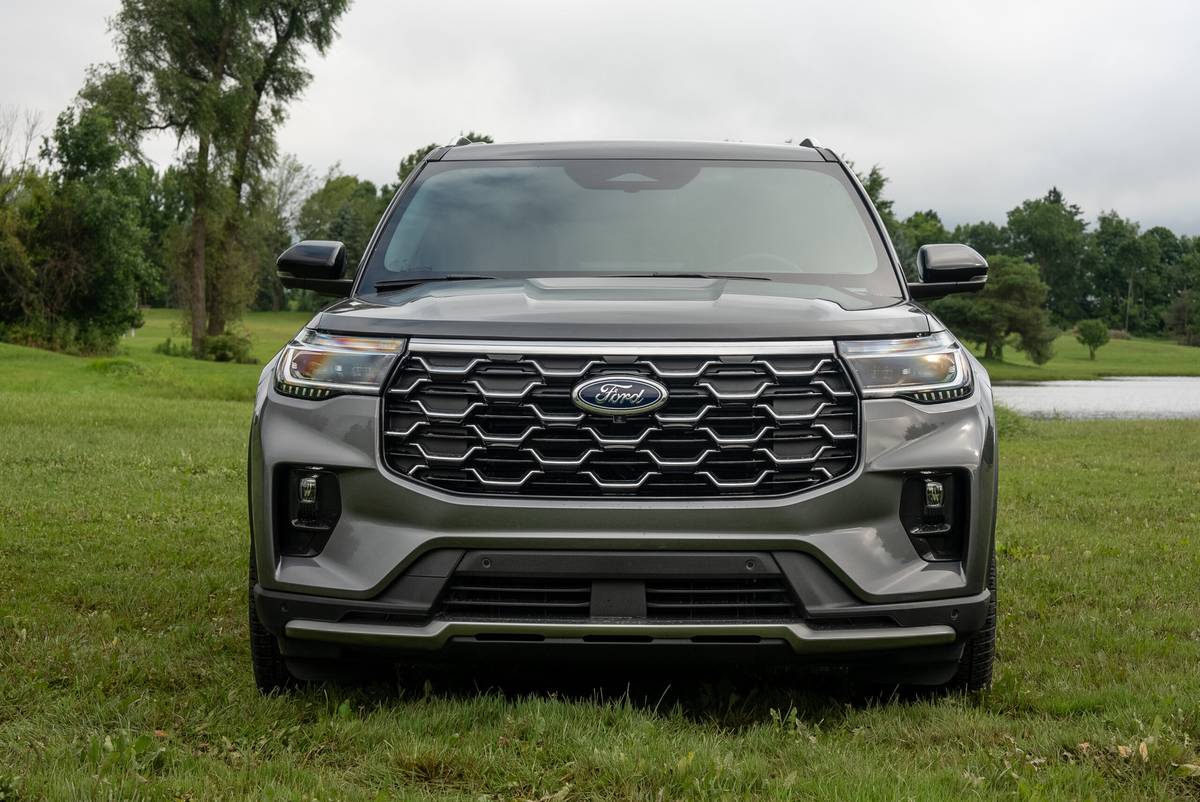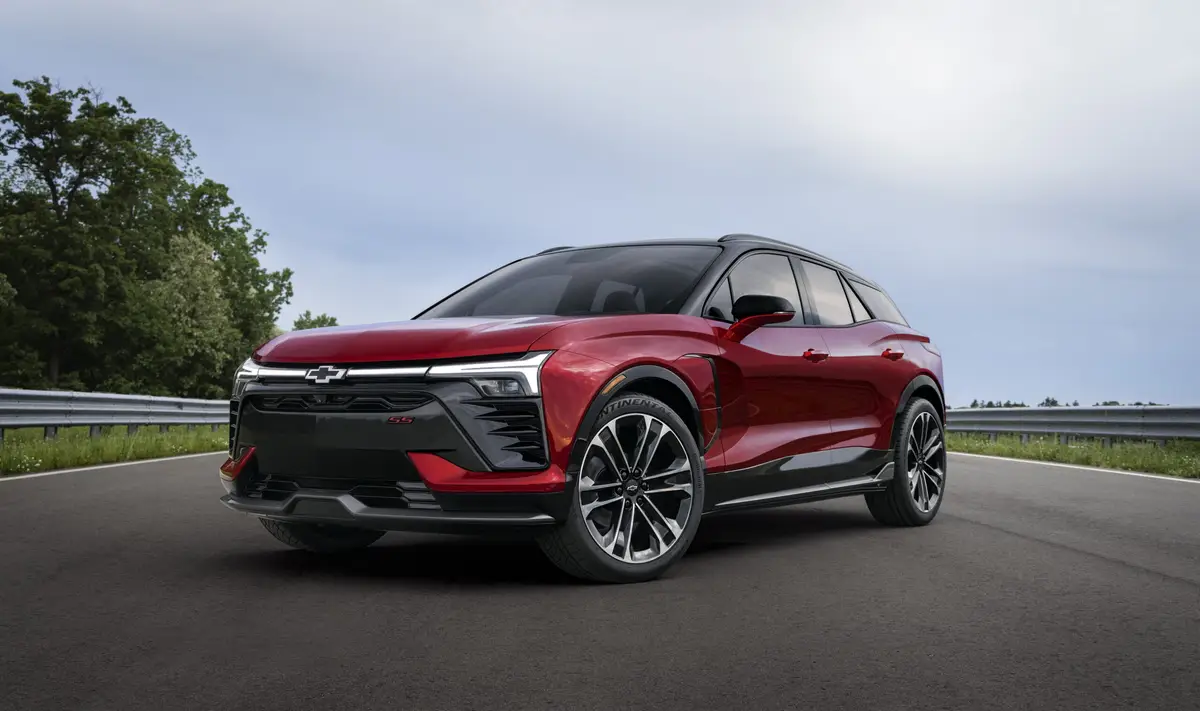Nissan Titan: Taking a Look Back
At the launch of the original 2004 Nissan Titan, Nissan provided a narrowly configured half-ton pickup for the heart of the market: a stout 4×4 crew cab with a 5.6-liter V-8 and a five-speed automatic transmission, a few innovative bed features and a sporty personality. It was so important to them that during the North America International Auto Show debut, the Renault-Nissan Chairman and CEO himself, Carlos Ghosn, made the introduction. Twelve years later, I found myself checking out the newest iteration of the Nissan Titan, the 2017, during a Nissan media event.
Diane Allen, senior design manager at Nissan Design America in California, told me, "Design for this Titan was very different from the first. For this Titan we had our hard hats on; we became better method actors as there had to be a truck-lover attitude from our design staff. There had to be an enhanced 'truck-i-ness' to our passion."
"That first Titan," said Allen, who was part of the original Titan design team, "was fresh, very Nissan, and is still good to look at — it has a nice line. [That truck] was about simple modernity, but the nose looks small now. One of the things we had to address was creating capable volumes. I was astonished how much we had to pull up and out [the Titan XD] to accommodate the Cummins engine."
Twelve years ago was a great time to be writing about pickup trucks. Ford was in its second iteration of the last-generation F-150 (which looked more like a bigger version of the Ford Ranger), Ram was no longer wet behind its horns, the Chevrolet Silverado was the gold standard and GMC had yet to discover its "Professional Grade." Breaking into that well-established full-size pickup segment was the second "import" brand, Nissan (Toyota was the first). Many auto writers knew the Titan would be a hard sell, as did Nissan, but as has been proven many times, the auto industry is no place for pessimists.
While trucks were not new to Nissan — think Datsun (Nissan's original name), Hardbody and Frontier pickups, and the Xterra SUV — every process during the first-generation Titan's development would be considered old school by today's methods. Models were created of hand-sculpted clay, Allen told us. Laser scanning technology did not exist; it took days to collect data mechanically, point-by-point, for a new model to be developed. Today, a vehicle can be scanned and the data revised in hours thanks to 3-D design software.
"Overnight a fresh model can be milled, and we're looking at the revisions in the courtyard in the morning," Allen said. "Viewing the full-sized model in daylight is a primary difference between modeling a truck or a Sentra-sized car … you really have to see it in daylight to get the balance, to get the volumes right, particularly up front."
Allen added that headlights are always tricky; the wrong size, shape or angle can result in what she called "cat-eye" (think squinty), which nobody wants.
The original Titan required more time and manpower to create, Allen said: "You know, I think the ideation today, because of 3-D, is so effectively fast that it is inspiring to designers. The clay for the first Titan took much longer. With all our digital capability, the excitement, the return for investment, is really high.
"There's a difference in how our designers look at trucks," she continued. "A full-sized truck was new to us back then, not yet the full-on 'YEAH!' we get from them now. It got competitive and when you tell a designer 'Your truck design isn't truck enough,' it gets their testosterone flowing."
Even though the 2017 version is billed as "new," Nissan kept some features from the original Titan. Rich Miller, senior manager for Nissan truck and SUV product planning, told us Nissan kept the warrantied spray-in bedliner and the in-bed Utili-track cargo system. Also a member of the original Titan team, Miller added that the small, lockable storage box in the rear, lower quarter panel has been replaced by an optional pair of removable bed boxes.
Also remaining true to the original Titan pickup is the suspension setup: "Our suspension strategy [on the new truck] is the same for us: Everything we can package up and out of the way, we package up and out of the way of rocks and trouble," he said.
New pickup designs and features will evolve as people continue to buy large numbers of pickup trucks in the U.S., but it's unlikely many truckmakers will be as aggressive as Nissan. Replacing its rather narrowly configurable old Titan with two different models — the Titan half-ton and Titan XD in regular, King and crew-cab configurations — is an extreme overhaul. This overhaul can be interpreted as Nissan saying it wants to compete with the big boys and it's here to stay. We'll have to wait and see whether or not that happens.
Cars.com photos by Thomas Cannell
The All-New 2017 Nissan Titan

Featured stories



